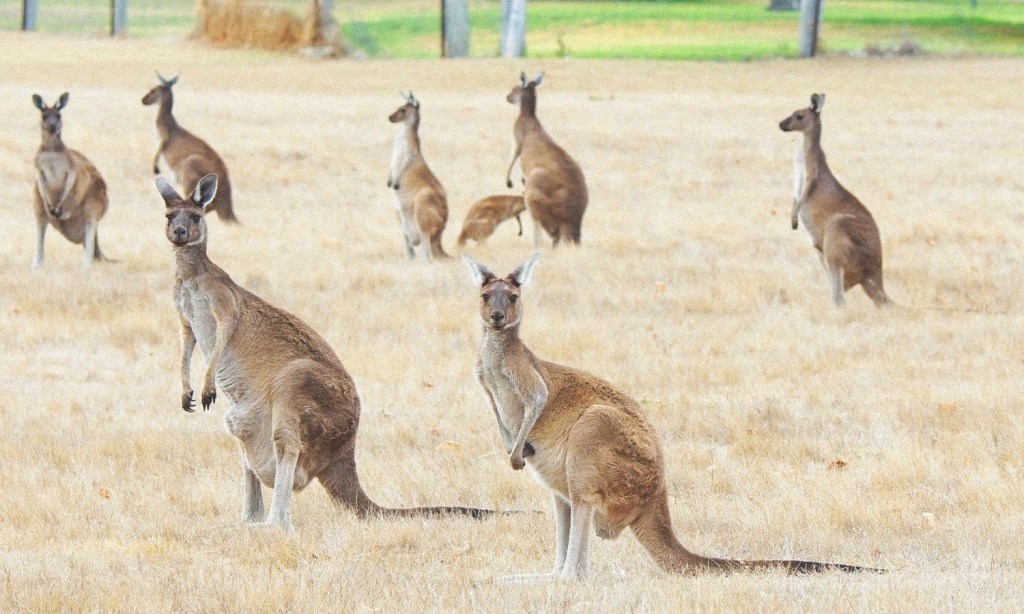This week, a 77-year-old man became the first person in nearly a century to be killed by a kangaroo. The man, who has not been named, was attacked on his own property in Redmond, north of Albury, in Southern WA.
Police have said the culprit is a kangaroo that the man was believed to have been keeping as a pet. He was found by a family member on his property with serious injuries and was unable to be saved by paramedics at the scene.
Death by kangaroo is almost unheard of. Although our iconic national animals do have something of a fierce reputation, the last person to be killed by one was in New South Wales in 1936.
However, it appears that kangaroos may have been growing more aggressive in recent years. Last month, reports emerged that the town of Maaroom on Queensland’s Fraser Coast has been taken over by a “growing mob of kangaroos.”
According to the ABC, the “quiet little town” with just 220 residents is “under siege” by the animals who can be seen in groups of 15 at a time standing menacingly outside people’s houses.
Maaroom caravan park manager Karen Sutcliffe told the ABC that residents have taken to defending themselves against attack and minimising their time outdoors.
“People are walking around with a big stick now,” she said. “I’ve been wanting to go fishing of an afternoon but I won’t do that, just in case a kangaroo gets me. They’re just so quick you don’t know where they are.”
60 to 80 kangaroos are thought to be in the town, which has surprised local experts who do not believe that the surrounding bushland has the greenery to sustain such a large group.
In July, a 67-year-old woman from the town was also attacked by a kangaroo, which left her with bite marks and a broken femur. She was assisted by a man who chased the animal away with a stick but believes she could have died if she didn’t have help.
According to the Department of Environment and Science, seven recorded kangaroo attacks have occurred in the past 12 months.
Experts are placing the blame on the weather, with the unprecedented rain bringing plenty of feed for the animals. More food has meant a rise in the number of joeys born this year, with the attacks primarily carried out by females with their young.
However, the animals are not normally this aggressive, and there is suggestion that climate change could be playing a role in their behaviour. In 2008, a report was issued noting the impact that rising temperatures would have on kangaroo habitat and range, with suggestion that even minor temperature changes could lead to devastating population collapse.
According to the report, kangaroo range would be significantly reduced as food became more scarce. This could be part of why kangaroos have been driven towards human areas, with their abundance of food scraps.
According to Maaroom resident Mark Sidaway, the towns’ lawns have been boosted by the extra rain brought about by La Nina, causing the kangaroos to multiply “because we have provided a Sizzler smorgasbord for them”.
People are being warned not to feed the animals, as fruit and vegetables contain much higher levels of sugar than what the animals are generally accustomed to in their diets. This can make them “addicted” to sugar and prone to attacking humans.
The Department of Environment and Science has said that they have no plans to cull the animals in the region.
Related: Swooping Season: Why Magpies Attack and How to Avoid Being Swooped
Related: The Tasmanian Tiger May Be Resurrected, and Has No Scientist Ever Heard of Jurassic Park?
Read more stories from The Latch and subscribe to our email newsletter.

